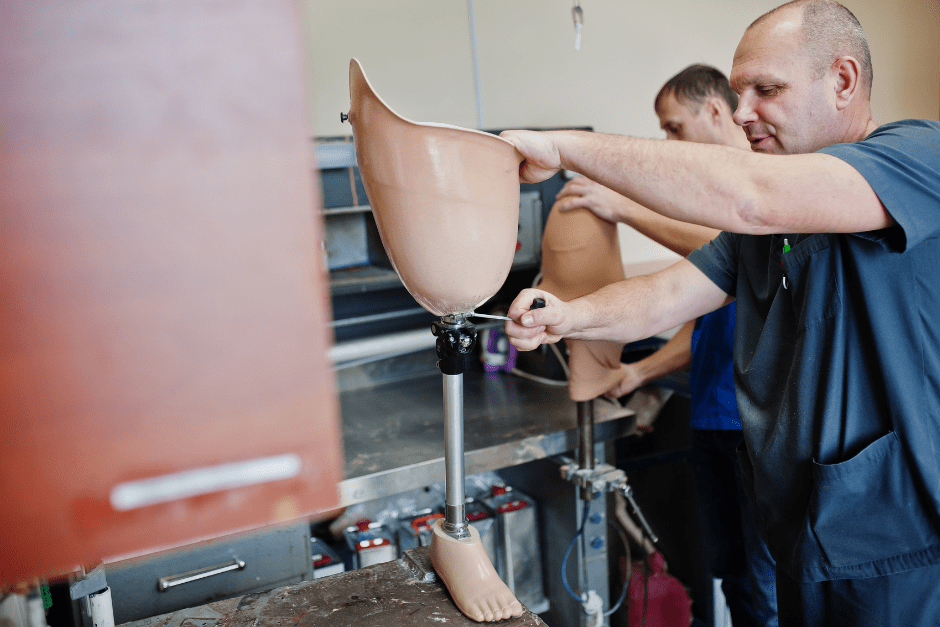This article was updated June 2, 2025. In this article, we will provide a comprehensive introduction to Class III medical devices, including what they are, how they are regulated, and what makes them different from other classifications.
Whether you are a healthcare professional or simply interested in learning more about medical devices, this post will provide a useful overview of Class III devices and their importance in the field of healthcare.

Table of Contents
What You Need to Know About Class III Medical Devices: A Global Guide
Not all medical devices are created equal. Some are simple tools like bandages or thermometers, but others are much more complex and riskier. That’s where Class III medical devices come in.
These devices support or sustain life, are often implanted in the body, and could pose serious risks if something goes wrong. Because of this, they’re subject to the strictest regulations in every major market.
Let’s break down what they are, how they’re approved, and how the process works in the U.S., Europe, and China.
What is a class III Medical Device?
A Class III medical device is any product used to diagnose, treat, or prevent disease that is also meant to affect the body’s structure or function. These are usually high-risk devices, and their design or use mistakes could have serious consequences for patients.
Real-world examples:
• Pacemakers and Defibrillators
• Heart valves
• Breast or cochlear implants
• Deep brain stimulators
• Dialysis and anesthesia machines
They’re often implanted in the body or used in life-supporting situations, so regulators need strong proof that they’re safe and effective before patients can use them.
What Makes a Device Class III?
A device falls into this category if it:
- It is essential for sustaining or supporting life
- Could prevent serious health impairments
- Presents a high risk of illness or injury if it fails
- It is not well-established as safe and effective
Because of this, regulators usually require extensive clinical data before these devices can be sold.
Approval Process for Class III Medical Devices in the United States
• United States – FDA (Food and Drug Administration)
In the U.S., Class III devices must go through the Premarket Approval (PMA) process, the most rigorous type of FDA device review.
Steps:
1. Preclinical testing (in labs or on animals)
2. Human clinical trials to gather safety and effectiveness data
3. PMA submission of a detailed package with design, manufacturing, and test data 4. FDA review, which can take months or even years
5. Post-market monitoring once approved
The FDA may also require quality system audits and ongoing safety updates.
Approval Process for Class III Medical Devices in Europe
• In Europe, Class III devices need CE marking under the Medical Device Regulation (EU MDR 2017/745).
What’s required:
• A Notified Body conducts a conformity assessment
• A technical file and clinical evaluation
• Ongoing post-market surveillance and incident reporting
CE marking shows your device complies with EU standards, but it’s not a one-time deal. You’ll need to keep proving it’s safe over time.
Approval Process for Class III Medical Devices in China
Wrapping It Up: Why It Matters
Class III medical devices are life-changing and potentially life-threatening. That’s why countries take their regulations so seriously.
Whether you’re a manufacturer trying to launch a new heart valve or a regulatory professional managing a global submission, understanding the approval process in each market is crucial.
Getting it right means:
• Safer products for patients
• Faster time-to-market
• Stronger global compliance


